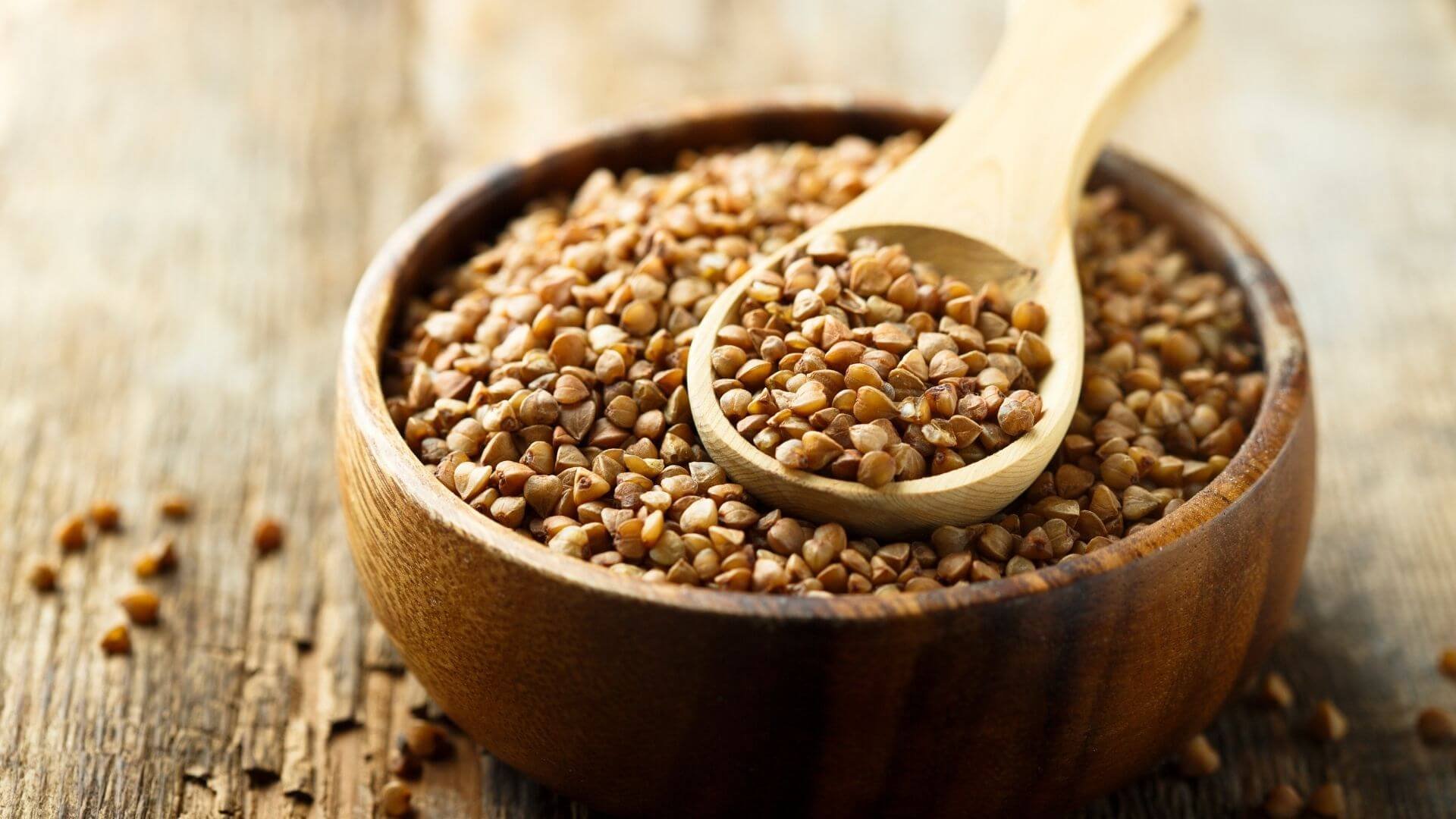Whole Grains You Should Know About
Whole grains make up a quarter of the foods we should eat on a daily basis. They are rich in important nutrients such as fibre, protein, vitamins and minerals — making them an essential part of the Canadian diet.
Can you believe that the average Canadian generally only eats about three different types of grains? While wheat, corn and rice are the most eaten grains per capita, they are also often the most highly refined.
According to the latest Canadian Food Guide, highly processed grains should be replaced with whole grains in order to reap all of those essential nutrients.
Want to add more grain variety? Discover these 5 underrated grains!
1. Farro
Farro is a hearty Canadian-farmed grain with a nutty flavour. It can easily be cooked whole like rice, and is often used in a variety of dishes such as salads & stews.
Some great recipe ideas:
2. Barley
Barley, also grown in Canada, can be bought hulled or unhulled. While the hulled form is considered to be refined, the unhulled form is considered to be a whole grain as it still contains the bran and the germ — be sure to choose the correct one! Much like farro, barley has a hearty texture and a nutty flavour.
For some recipe ideas:
3. Buckwheat
Buckwheat, another Canadian-grown grain, is a versatile gluten-free grain that is cooked much like rice. It is often toasted dry before cooking in order to enhance the aromas and to give it a more buttery flavour. It is also made into a flour as a gluten-free flour alternative.
For some recipe inspiration:
Buckwheat Pancakes with Tahini Veggie Slaw
4. Millet
Millet is a small gluten-free grain, similar to quinoa and couscous. It is lighter than other grains, mildly sweet and has a nutty flavour. It is cooked like rice and absorbs the flavours of other ingredients it is melded with.
Some great recipe ideas:
5. Amaranth
Amaranth is a small and delicate gluten-free grain. It can be used like rice or porridge, has a crunchy texture and can even be puffed like popcorn.
Some great recipe ideas:
Be open to finding new favourite meals!
Whole grains are among the easiest to diversify because they are easily interchangeable and are widely available in Canada. Diversity is a key ingredient for a healthy diet. For more information on why variety is important for your health, check out my article on how to add diversity to your diet. Finally, just remember:
Stay curious — There are plenty of other grains to discover, like sorghum, rye and teff, and more common grains like quinoa and oat.
Know your gluten — For those who are sensitive to gluten, remember the four grains that always contain gluten: wheat, barley, rye and triticale.
Explore different crop variations — For instance, bulgur, spelt, khorasan and freekeh are all derived from wheat, but each have their own unique texture and flavour profiles.
Be sure to make the swap!
Pour la version française, cliquez ici.
Source(s):






